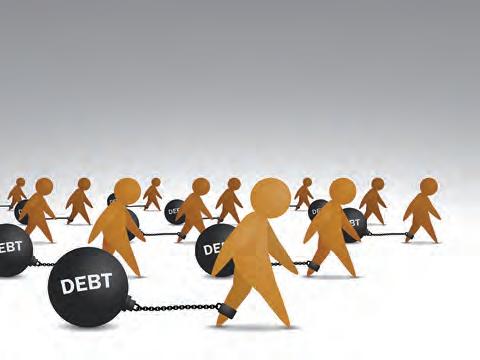“c04AggregateDemandPoliciesAndDomesticEconomicStability_PrintPDF” — 2022/6/7 — 8:31 — page 299 — #13
PA
G
E
PR O
O
FS
day-to-day operating expenses of departments. In addition, sometimes these government departments need to purchase goods and services from the private sector such as prescription drugs and medications used in hospitals, educational materials for schools, food and munitions for the defence department and the cleaning and repair of public assets. In the 2021–22 budget, this represented about 90 per cent of all government spending. 2. Government capital spending (G2 ). Government capital (or investment) spending (abbreviated as G2 ) involves budget outlays on national social and economic infrastructure including the building of schools and universities, roads and highways, airports, reservoirs and water supply, the national broadband network system (NBN), pipelines and the purchase of capital equipment for hospitals, schools, universities and railways. An important reason for government capital spending is that it helps to grow the economy’s productive capacity, make conditions more favourable for businesses to operate and improve the daily lives of households. In the 2021–22 budget, this represented about 10 per cent of all government spending. 3. Government transfer payments. These mainly involve budget outlays on welfare benefits, along with grants and industry assistance. Social security payments are means- and assets-tested transfer payments to the neediest individuals in society (those whose incomes and assets are below certain tapered cutoff levels). These benefits include those for the aged, unemployed job seekers, supporting parents and families, carers, students, the disabled and war veterans. Their main aim is to redistribute final incomes more equitably than that for market or private incomes so that even the poor can better access basic goods and services. This helps to reduce poverty and improve general living standards. Overall, federal welfare outlays claim around 36 per cent of total budget expenses. In the next few years, spending on this area is expected to rise, partly because of our ageing population. Note that transfer payments are not regarded as government spending (G1 or G2 ) because it is the recipient of transfer payments who actually spends the money.
Resources
D
Resourceseses
4.4 Activities
TE
Weblink Keynesian economics with Jacob Clifford
CO RR EC
Students, these questions are even better in jacPLUS Receive immediate feedback and access sample responses
Access additional questions
Track your results and progress
Find all this and MORE in jacPLUS
4.4 Quick quiz
4.4 Exercise
N
4.4 Exercise
U
1. Define budget expenses giving examples. 2. Outline the two main ways that budget outlays can be classified. 3. Identify the three most important areas of federal government budget outlays or expenses classified by their economic function. 4. Giving examples, distinguish between the following pairs of terms related to budget expenses: a. G1 and G2 (as part of budget outlays or expenses) b. Government spending and government transfer payments.
2 marks 2 marks 3 marks 2 marks 2 marks
Fully worked solutions and sample responses are available in your digital formats.
TOPIC 4 Aggregate demand policies and domestic economic stability
299

































